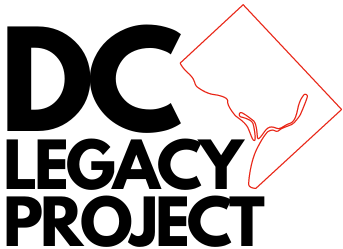Vision: Carrying the Legacy Forward
The DC Legacy Project: Barry Farm-Hillsdale is working to transform the historic landmark at Barry Farm into a commemorative space for uplifting the history and social justice legacy of the people who formerly occupied this land.
Today, the landmarked buildings and four streets named for abolitionists are all that remain of a Black community that had been here since 1867, when the federal government first designated this area as a site for Black landownership.
The preservation of these buildings ensures that the successive waves of people who occupied and were displaced from Barry Farm are not erased from a gentrifying landscape that may soon be unrecognizable to its past inhabitants.
The District of Columbia Housing Authority and the site developer must “work with nonprofit partners and residents to restore the Barry Farm Historic Landmark…to create a public museum, archive and educational space dedicated to the study of Barry Farm neighborhood history, and the connections to the early post‐Civil War community, civil rights, public housing, go‐go music, and other themes connected to the history of the community.”
DC Comprehensive Plan 2021, Section 1813.6
The landmarked portion of the Barry Farm public housing site — on the 1100 block of Stevens Road SE — are five buildings representing a total of 40 housing units. These include the former home of plaintiffs in the 1954 Supreme Court case that desegregated DC public schools, as well as the homes of leaders in the 1960s national welfare rights movement. The 2020 historic landmark victory automatically added these buildings to the DC Inventory of Historic Sites, ensuring that they will not be demolished and instead will serve, in the words of DC’s Historic Preservation Review Board, as “a meaningful commemorative site” for uplifting the history and legacy of the community.
Currently, the buildings sit in dilapidated state.
1137-1139 Stevens Road SE, June 2022




